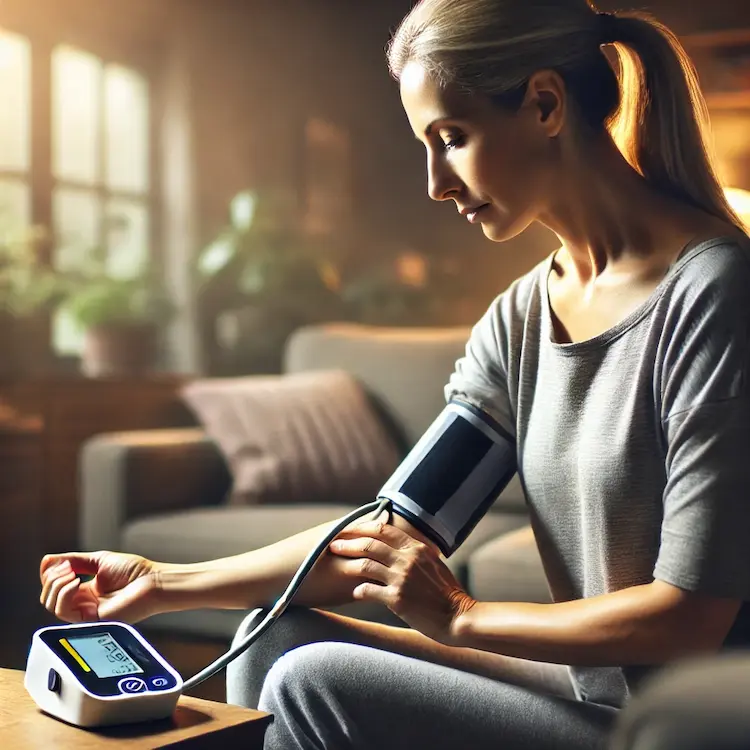Heart disease is a leading cause of death among women worldwide, often progressing silently without noticeable symptoms. Blood pressure monitoring plays a crucial role in early detection and prevention, helping women manage their cardiovascular health effectively. This article explores the importance of blood pressure monitoring for women, its health and societal impacts, different monitoring methods, and practical steps to maintain heart health.
Women experience unique risk factors for heart disease, such as hormonal changes during pregnancy and menopause, making routine blood pressure checks essential. High blood pressure (hypertension) often goes unnoticed until it leads to serious complications like heart attack or stroke. Monitoring blood pressure helps identify risks early, allowing timely interventions.
Regular blood pressure monitoring helps prevent complications such as heart failure, kidney disease, and stroke. It also reduces healthcare costs by minimizing hospitalizations and the need for long-term treatments. On a societal level, better blood pressure control leads to increased workforce productivity and lower medical expenses.
There are different ways to monitor blood pressure, each with its advantages and limitations.
| Method | Accuracy | Ease of Use | Best for |
|---|---|---|---|
| Oscillometric Monitors | High | Very easy | Home use, daily monitoring |
| Mercury Sphygmomanometer | Gold standard | Requires training | Clinical settings |
| Aneroid Monitors | Moderate | Requires skill | Healthcare professionals |
| Ambulatory BP Monitoring | High | Moderate | Detecting white-coat hypertension |

| Blood Pressure Category | Systolic (mmHg) | Diastolic (mmHg) |
|---|---|---|
| Normal | <120 | <80 |
| Elevated | 120–129 | <80 |
| Hypertension Stage 1 | 130–139 | 80–89 |
| Hypertension Stage 2 | ≥140 | ≥90 |

Blood pressure monitoring is a simple yet powerful tool for heart disease prevention in women. By choosing the right monitoring method, following best practices, and adopting a heart-healthy lifestyle, women can significantly reduce their risk of heart-related complications.